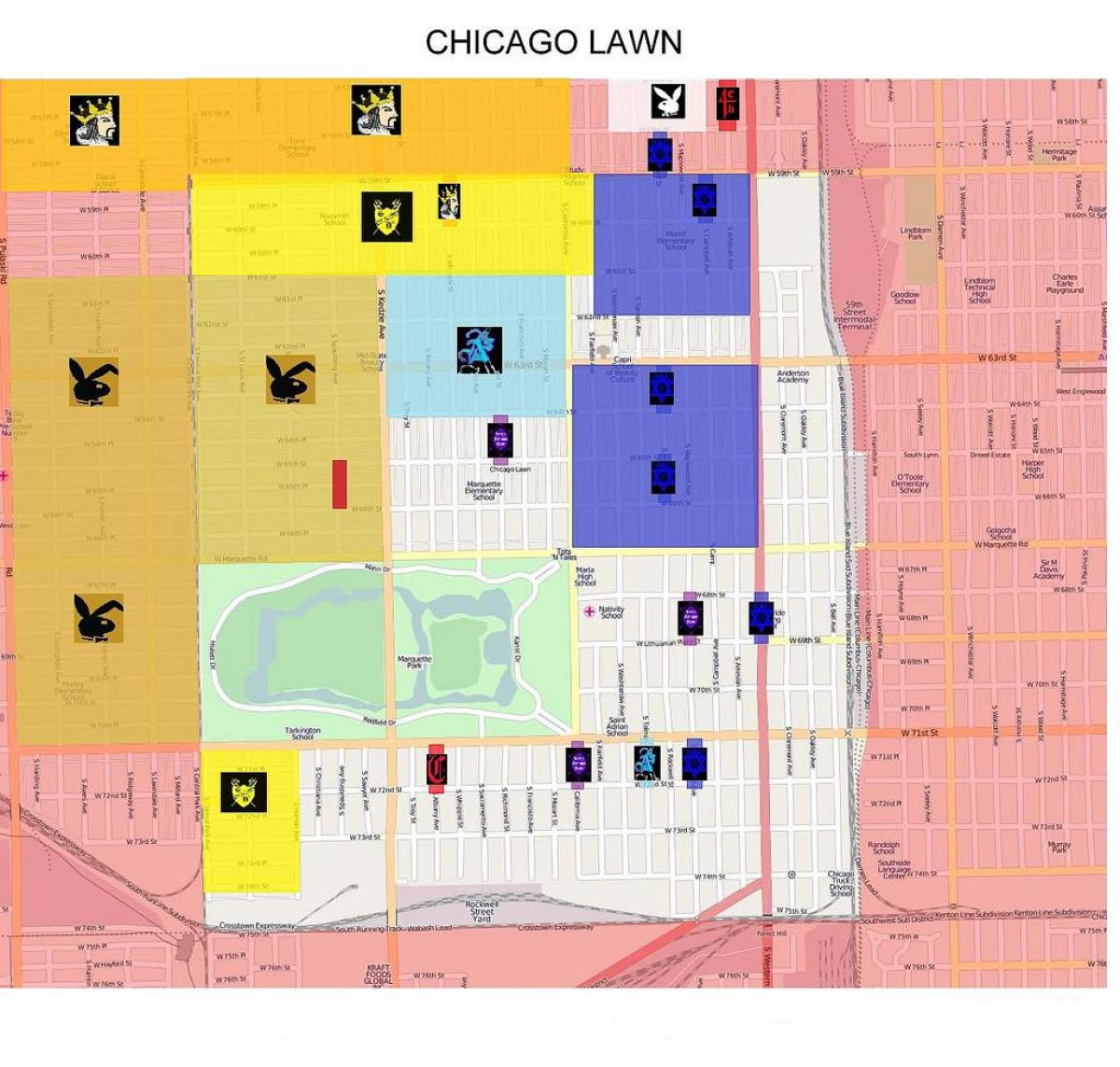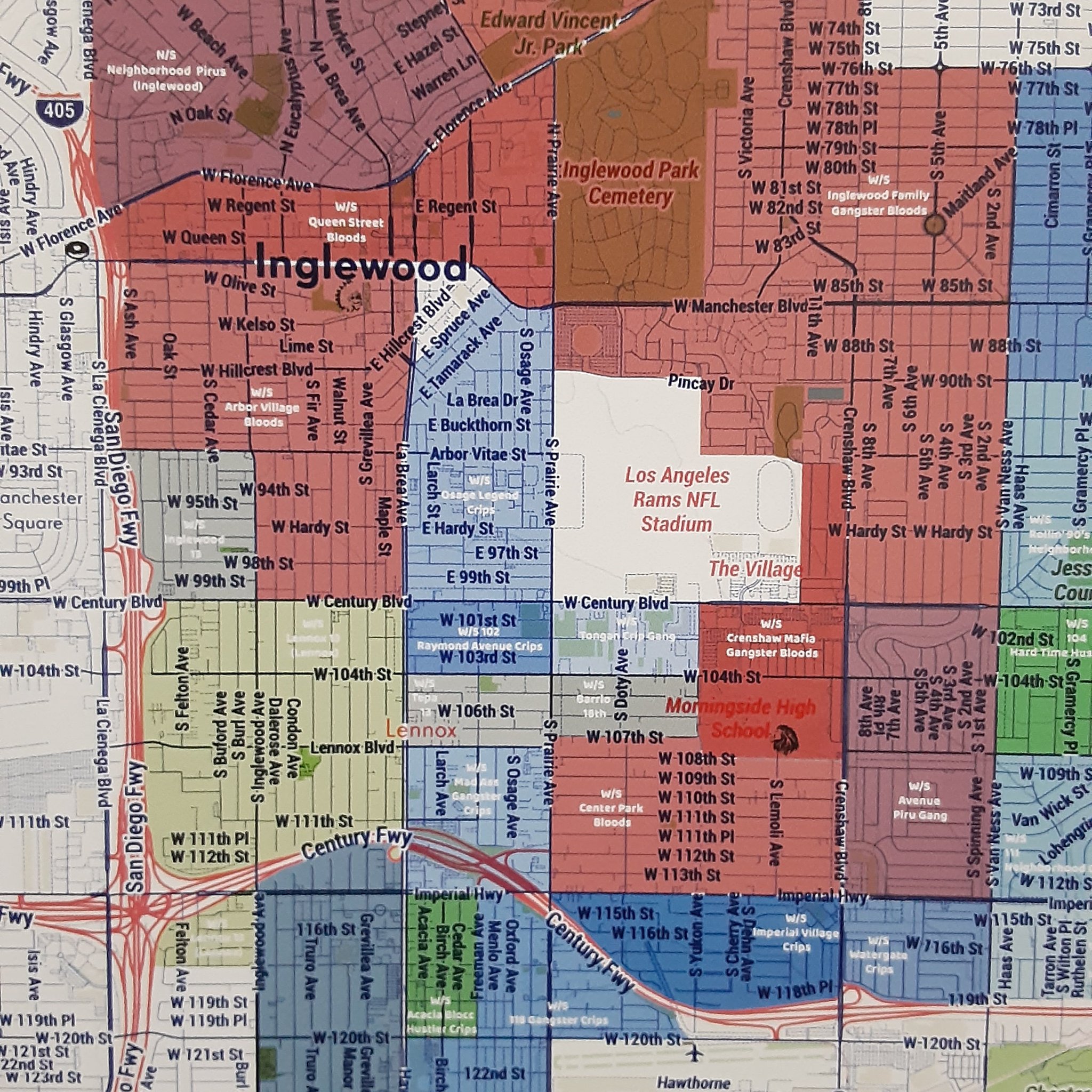Gang Map: Your Ultimate Guide To Unveiling Hidden Urban Worlds
Ever wondered what lies beneath the surface of bustling city streets? Gang maps aren’t just about marking territories—they’re a fascinating glimpse into the intricate layers of urban life. Whether you’re a curious explorer or someone intrigued by the dynamics of city cultures, understanding gang maps can open doors to hidden stories. In this article, we’ll dive deep into the world of gang maps, exploring their significance, evolution, and impact on modern society.
Gang maps have become more than just tools for law enforcement. They’ve turned into a powerful resource for sociologists, urban planners, and even everyday citizens who want to understand the complexities of their cities. So, why should you care about gang maps? Well, buckle up, because the answers might surprise you.
From mapping out territories to revealing patterns of social behavior, gang maps are more relevant today than ever. As cities grow and evolve, these maps continue to play a critical role in shaping how we perceive urban spaces. In this guide, we’ll break down everything you need to know about gang maps, from their origins to their modern-day applications. Let’s get started!
Read also:Rick Pitino Opens Up On Benching Rj Luis During St Johns Seasonending Loss In Exclusive Clip
What Exactly Are Gang Maps?
Gang maps, in their simplest form, are visual representations of areas controlled by different gangs. But there’s so much more to them than meets the eye. These maps aren’t just about boundaries—they’re about power, history, and culture. They tell stories of how neighborhoods have changed over time and how social dynamics have influenced those changes.
For law enforcement, gang maps are essential tools. They help officers identify high-risk areas, allocate resources effectively, and even predict potential conflicts. But for the average person, they offer a unique perspective on the unseen layers of urban life. Think of them as a secret code to understanding the invisible forces that shape our cities.
The Evolution of Gang Maps
Back in the day, gang maps were hand-drawn sketches passed around by police officers. Fast forward to today, and we’ve got advanced GIS technology creating detailed digital maps. The evolution of these maps reflects the growing complexity of urban environments. Modern gang maps now incorporate data from social media, crime reports, and even satellite imagery.
Here’s a quick breakdown of how gang maps have evolved over the years:
- 1970s: Hand-drawn maps focusing on specific neighborhoods.
- 1990s: Introduction of basic computer mapping software.
- 2000s: Integration of GIS technology for more detailed analysis.
- Today: Real-time data integration and predictive analytics.
Why Are Gang Maps Important?
Gang maps are more than just pretty pictures—they’re crucial for public safety. By identifying high-risk areas, law enforcement can proactively address issues before they escalate. But their importance extends beyond policing. Urban planners use gang maps to design safer, more inclusive communities. And researchers rely on them to study the social factors contributing to gang activity.
But here’s the kicker: gang maps aren’t just about crime. They’re about understanding the root causes of social issues. By analyzing these maps, we can identify patterns of poverty, inequality, and lack of opportunity that often drive gang involvement. This insight is invaluable for creating targeted interventions that address the underlying problems.
Read also:Why The Lidl Beauty Box Online Is Your Secret Weapon For Affordable Glamour
Key Benefits of Using Gang Maps
So, what exactly do gang maps bring to the table? Here are some of the key benefits:
- Improved public safety through targeted policing.
- Enhanced urban planning for safer communities.
- Deeper understanding of social dynamics and community needs.
- Identifying areas for economic development and investment.
How Are Gang Maps Created?
Creating a gang map isn’t as simple as drawing lines on a piece of paper. It’s a complex process that involves gathering data from various sources. Law enforcement agencies typically start by collecting information from field reports, arrest records, and community feedback. They then use GIS software to plot this data on a map, creating a visual representation of gang territories.
But it doesn’t stop there. Modern gang maps incorporate real-time data from social media platforms and surveillance systems. This allows for dynamic updates, ensuring the maps remain accurate and relevant. It’s like having a live feed of what’s happening on the ground.
Data Sources for Gang Maps
Here’s a look at some of the key data sources used in creating gang maps:
- Field reports from police officers.
- Arrest and crime data.
- Social media activity.
- Community feedback and reports.
- Satellite imagery and aerial photography.
Applications of Gang Maps
Gang maps have a wide range of applications, extending far beyond law enforcement. They’re used by urban planners to design safer neighborhoods, by researchers to study social behavior, and even by businesses to identify investment opportunities. The versatility of gang maps makes them an invaluable tool for anyone interested in understanding urban dynamics.
For example, urban planners can use gang maps to identify areas that lack essential services like schools, healthcare facilities, and public transportation. By addressing these gaps, they can create more equitable and inclusive communities. Meanwhile, researchers can analyze these maps to uncover patterns of social behavior, shedding light on the factors that contribute to gang involvement.
Gang Maps in Action
Here are some real-world examples of how gang maps are being used:
- Los Angeles: Law enforcement uses gang maps to predict and prevent crime.
- Chicago: Urban planners use gang maps to design safer housing developments.
- New York: Researchers analyze gang maps to study the impact of gentrification on crime rates.
Challenges and Controversies Surrounding Gang Maps
While gang maps offer numerous benefits, they’re not without controversy. Critics argue that these maps can perpetuate stereotypes and reinforce existing biases. There’s also concern about the potential for misuse, particularly in the hands of untrained or biased individuals.
Moreover, the accuracy of gang maps is often called into question. With data coming from multiple sources, inconsistencies can arise. This highlights the need for rigorous data collection and verification processes. It’s a delicate balance between providing valuable insights and avoiding harm.
Addressing the Challenges
So, how can we address these challenges? Here are a few strategies:
- Implementing strict data verification protocols.
- Providing training for those using gang maps to ensure responsible use.
- Engaging with communities to gather feedback and ensure accuracy.
The Future of Gang Maps
As technology continues to advance, the future of gang maps looks promising. We can expect to see even more sophisticated tools for data collection and analysis. Artificial intelligence and machine learning could play a significant role in creating predictive models that anticipate gang activity before it happens.
But with great power comes great responsibility. As we move forward, it’s crucial to ensure that gang maps are used ethically and responsibly. This means involving communities in the process, addressing biases, and continuously refining the tools and techniques used.
Trends to Watch
Here are some trends to keep an eye on in the world of gang maps:
- Increased use of AI and machine learning for predictive analytics.
- Greater emphasis on community engagement and feedback.
- Development of more user-friendly tools for non-experts.
Conclusion
Gang maps are more than just tools for law enforcement—they’re a window into the complexities of urban life. By understanding these maps, we can gain valuable insights into the social dynamics shaping our cities. From improving public safety to informing urban planning, the applications of gang maps are vast and varied.
So, the next time you hear about gang maps, remember that they’re not just about crime. They’re about understanding the unseen forces that shape our communities. And with the right approach, they can be powerful tools for creating safer, more inclusive cities.
We’d love to hear your thoughts! Leave a comment below and let us know what you think about gang maps. And if you enjoyed this article, don’t forget to share it with your friends and check out some of our other articles on urban issues. Together, we can make our cities better places to live.
Table of Contents
- What Exactly Are Gang Maps?
- Why Are Gang Maps Important?
- How Are Gang Maps Created?
- Applications of Gang Maps
- Challenges and Controversies Surrounding Gang Maps
- The Future of Gang Maps
- Conclusion


